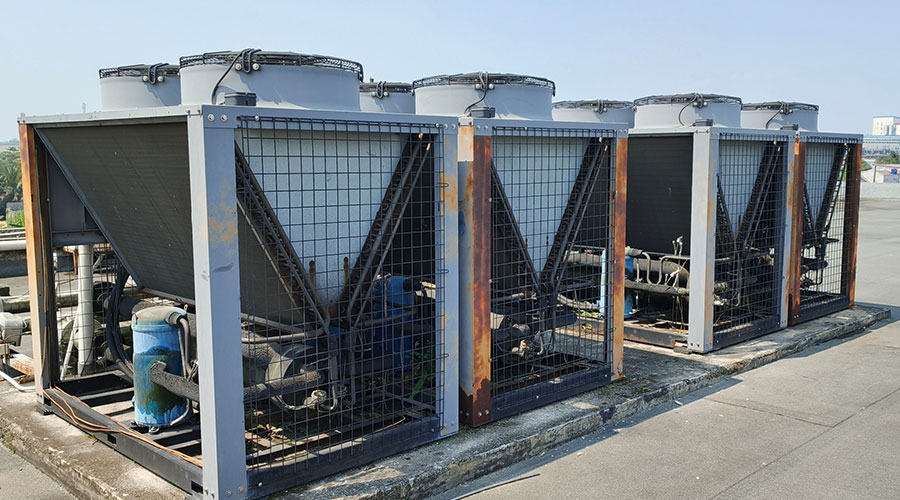
Seasonal Depression and Anxiety Hits 43 Percent of Workers
Changes in season can drive feelings of depression and anxiety among employees. November 11, 2025
By Mackenna Moralez, Associate Editor
Daylight savings signified that the winter season is just mere weeks away. As the days get darker sooner, 15.5 percent of workers have reported experience extreme anxiety at work during the winter, according to a survey by Resume.ai.
Seasonal affective disorder – also known as SAD – is a type of depression that occurs during the fall and winter months. According to the Mayo Clinic include the following:
- Depressed mood
- Fatigue
- Increased appetite and weight gain
- Oversleeping
- Difficulty concentrating
- Irritability
- Social withdrawal
- Thoughts of suicide (in severe cases)
Nearly 5 percent of all Americans experience SAD at some point in their lives, according to Mental Health America. Gen X and Millennials are more likely to be affected by seasonal anxiety or depression, by 43.7 percent and 43.2 percent, respectively. Gen Z, which has long championed mental health initiatives in the workplace, experience seasonal depressional at a much lower impact, with only 11.5 percent reporting any effects.
The changes in mental health can also be driven by stress from career demands, deadlines and personal responsibilities. In an industry like facilities management, where employees essentially need to be on call 24/7, employees may feel significant pressure from their jobs. According to the Resume.ai report, Gen X and Millennials are more likely to worry when they hear negative news about layoffs or an unstable job market. Employees that are struggling show lower productivity levels and experience higher rates of burnout. These feelings could lead to additional stressors and disrupt their sleep, potentially causing a workplace injury if the problem goes long enough.
It is up to managers to recognize when their employees are struggling and to create a more empathetic work environment. It is recommended that managers dedicate time to educate themselves on what depression and anxiety looks like in employees, especially as concerns around employee wellness grows. Managers need to be strategic in increasing the encouragement of their team members, while also creating safe environments for employees to bring up these topics. With regular check-ins, managers can monitor for signs of anxiety or depression early on and help employees before mistakes that are made that hurt themselves or the bottom line.
Mackenna Moralez is the associate editor of the facilities market and the host of the Facilities in Focus podcast.
Next
Read next on FacilitiesNet












